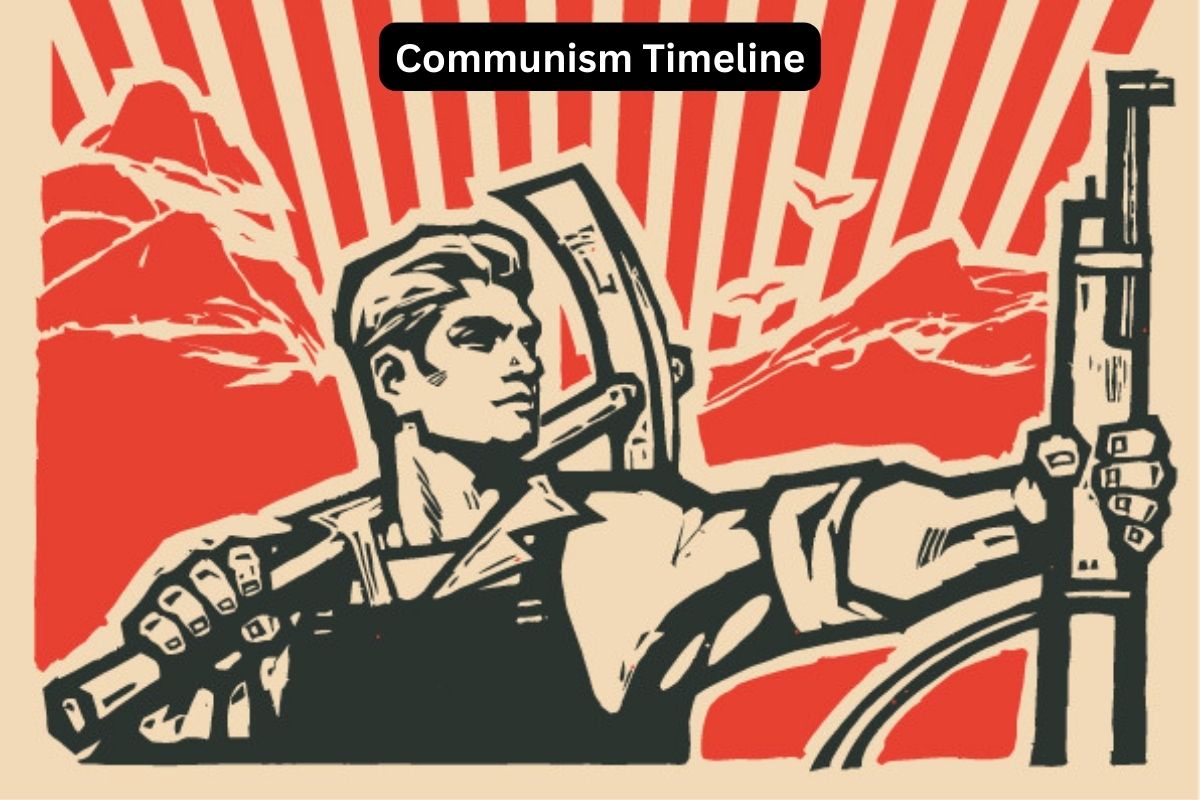Communism, born from the works of Karl Marx and Friedrich Engels in the 19th century, has profoundly impacted global history.
From the Russian Revolution to the fall of the Soviet Union, its ideologies have sparked revolutions and shaped geopolitical landscapes.
This article offers a brief yet comprehensive overview of communism’s evolution, from its inception to its modern manifestations, exploring key events and their lasting effects on the world stage.
| Period | Key Events |
|---|---|
| 19th Century | 1848: Publication of “The Communist Manifesto” by Karl Marx and Friedrich Engels 1871: Establishment of the Paris Commune |
| Early 20th Century | 1917: Russian Revolution; Establishment of the Soviet Union 1919: Founding of the Communist International (Comintern) 1921: Kronstadt rebellion 1922: Formation of the Soviet Union |
| Interwar Period | 1924: Death of Lenin; Rise of Stalin 1927: Stalin’s policies of rapid industrialization and collectivization 1930s: Spread of communism in Eastern Europe 1936-1939: Spanish Civil War |
| World War II and Cold War Era | 1939-1945: World War II 1945: Division of Europe; Beginning of the Cold War 1949: Communist revolution in China 1950s-1960s: Spread of communism in Asia 1959: Cuban Revolution |
| Late 20th Century | 1960s-1980s: Détente and increased tensions 1985: Gorbachev’s reforms in the Soviet Union 1989: Collapse of communism in Eastern Europe 1991: Dissolution of the Soviet Union |
| Post-Cold War Era | 1990s-present: Transition of former communist states Current communist states: China, North Korea, Vietnam, Cuba |
Timeline of Communism
19th Century
1848: Karl Marx and Friedrich Engels publish “The Communist Manifesto,” which outlines the principles of communism. The manifesto asserts the class struggle between the proletariat and the bourgeoisie and calls for the overthrow of capitalist society.
Also Read: Facts About Communism
1871: The Paris Commune is established in the wake of the Franco-Prussian War. The Commune, a radical socialist and revolutionary government, ruled Paris for two months before being brutally suppressed by the French government. It is considered an early example of a socialist state.
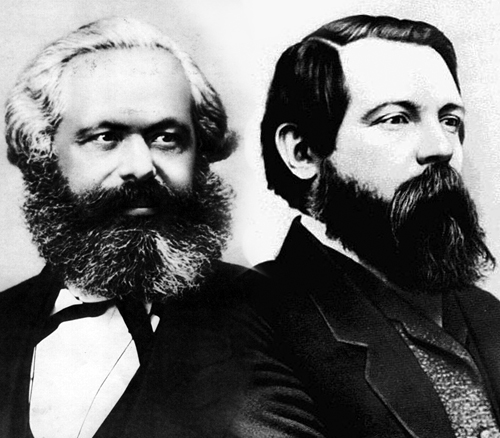
Early 20th Century
1917: The Russian Revolution takes place, leading to the overthrow of the Tsarist autocracy and the establishment of the Soviet Union. The Bolsheviks, led by Vladimir Lenin, seize power from the provisional government, marking the first successful communist revolution in history.
1919: The Communist International (Comintern) is founded in Moscow, with the aim of promoting world revolution and coordinating the activities of communist parties internationally. It plays a significant role in spreading communist ideology and organizing revolutionary movements around the world.
Also Read: Timeline of Putin’s Rise to Power
1921: The Kronstadt rebellion occurs, where sailors in the Russian port city of Kronstadt revolt against Bolshevik policies, demanding greater political freedoms and an end to Bolshevik rule. The rebellion is violently suppressed by the Red Army, marking a turning point in Soviet-Russian relations and highlighting growing discontent with Bolshevik leadership.
Interwar Period
1924: Vladimir Lenin, the leader of the Russian Revolution and the Soviet state, dies. Joseph Stalin eventually emerges as his successor after a power struggle within the Communist Party. Stalin’s rise to power marks a shift towards centralized control and the consolidation of authority within the Soviet Union.
1927: Stalin launches his policy of rapid industrialization and collectivization of agriculture, known as the Five-Year Plans. These policies aim to modernize the Soviet economy and consolidate state control over agriculture but lead to widespread famine, displacement, and loss of life.
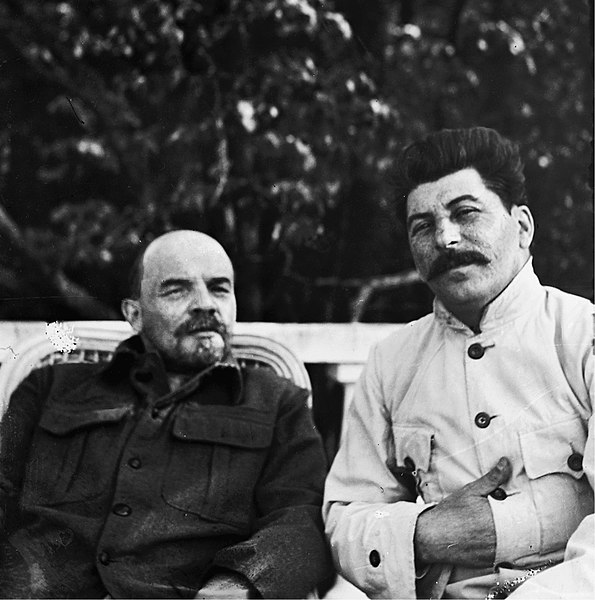
1930s: The spread of communism continues in Eastern Europe, with several countries adopting communist governments or experiencing significant communist influence. This period also witnesses the rise of fascist regimes in Europe, leading to heightened tensions and conflicts between communist and fascist forces.
1936-1939: The Spanish Civil War breaks out between the Republican government, which includes various leftist factions, and the Nationalists led by General Francisco Franco. The war becomes a proxy conflict between communist and fascist forces, with international involvement from both sides.
World War II and Cold War Era
1939-1945: World War II erupts, pitting the Allies (including the Soviet Union, United States, and United Kingdom) against the Axis powers (including Nazi Germany, Italy, and Japan). The Soviet Union suffers immense human and material losses during the conflict, but emerges as one of the victorious Allied powers.
1945: The end of World War II sees Europe divided into two spheres of influence: the Western Bloc, led by the United States and its NATO allies, and the Eastern Bloc, dominated by the Soviet Union and its satellite states. This division marks the beginning of the Cold War, a geopolitical standoff between the communist and capitalist blocs.
1949: The Chinese Communist Party, led by Mao Zedong, emerges victorious in the Chinese Civil War, establishing the People’s Republic of China. The communist victory in China alters the global balance of power and adds a major communist state to the international stage.
1950s-1960s: Communist ideology spreads in Asia, leading to conflicts such as the Korean War and the Vietnam War. These conflicts become battlegrounds in the broader Cold War struggle between the United States and the Soviet Union, with communist and capitalist forces supporting opposing sides in each conflict.
1959: Fidel Castro and his revolutionary forces overthrow the Batista regime in Cuba, establishing a communist government. The Cuban Revolution aligns Cuba with the Soviet Union and sparks tensions with the United States, leading to the Cuban Missile Crisis in 1962.
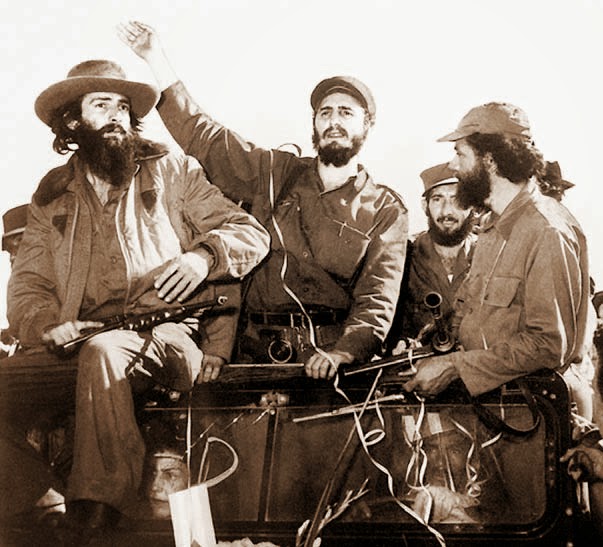
Late 20th Century
1960s-1980s: The Cold War intensifies, marked by periods of détente and increased tensions between the superpowers. Proxy conflicts and competition for influence occur across the globe, including in Latin America, Africa, and the Middle East.
1985: Mikhail Gorbachev becomes General Secretary of the Communist Party of the Soviet Union and initiates a series of reforms aimed at revitalizing the Soviet economy and political system. These reforms, known as perestroika (restructuring) and glasnost (openness), introduce elements of political and economic liberalization.
1989: The fall of the Berlin Wall in November symbolizes the collapse of communist rule in Eastern Europe. Mass protests and revolutions lead to the dismantling of communist governments in countries such as Poland, Hungary, East Germany, Czechoslovakia, and Romania.
1991: The Soviet Union officially dissolves, marking the end of the Cold War and the demise of communism as a global superpower. The dissolution of the Soviet Union results in the emergence of independent states in its former territories, with Russia becoming the largest successor state.
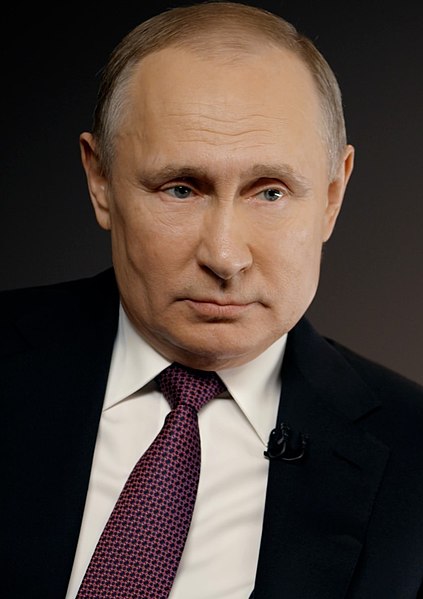
Post-Cold War Era
1990s-present: Former communist states undergo transitions to market economies and democratic governance, although the pace and success of these transitions vary widely.
Some countries embrace capitalism and join international organizations such as the European Union and NATO, while others experience economic turmoil and political instability.
Current communist states: Despite the collapse of communism in many parts of the world, several countries continue to adhere to communist ideology and maintain communist governments.
These include China, North Korea, Vietnam, and Cuba, each with its own unique political and economic system. China, in particular, has experienced rapid economic growth while retaining communist political control, leading to debates about the compatibility of communism with market-oriented reforms.
